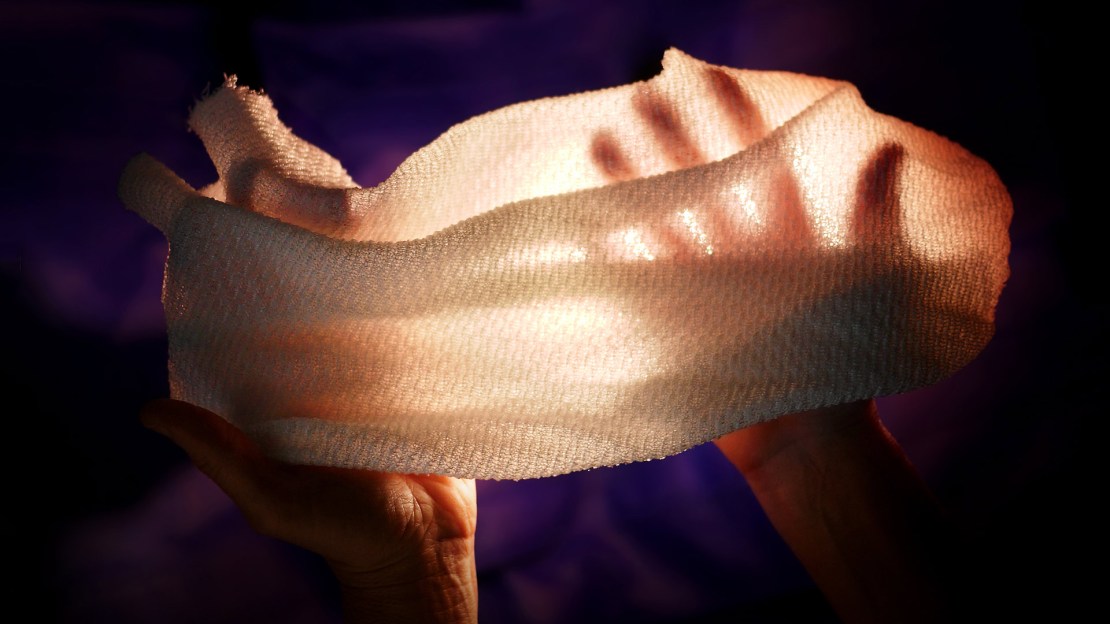John Tolley, February 13, 2019
Those of a certain age may remember a time when you could stroll into a McDonald?s and order a McDLT. This stab at a gourmet-ish burger included lettuce, tomato and mayo layered on one half of the bun, and packaged separately from the half of the bun adorned with the patty. The tag line was ?Keep the hot side hot, and the cool side cool.? To achieve this, McDonald?s employed a special package made from polystyrene, a substance that is rather eco-unfriendly. Once environmentally conscious consumers got wind, the McDLT went the way of the dodo.
Now, University of Maryland researchers are bringing it back? JK.
What they have done, though, is develop a revolutionary new fabric that does the exact opposite of the McDLT?s ill-fated packaging. Using a specialized yarn woven with carbon nanotubes, they?ve created a responsive textile that has the ability to transfer away infrared radiant heat in hot environments and retain it in cold.
The yarn itself is made from materials that both attract and repel moisture. So, a warm and sweaty body would contract the fabric. This not only opens pores in the material that allow for immediate heat loss, but it alters the electromagnetic properties of the carbon nanotubes, giving rise to even more efficient heat transfer.
?You can think of this coupling effect like the bending of a radio antenna to change the wavelength or frequency it resonates with,? says YuHang Wang, a Maryland professor of chemistry and biochemistry speaking with UMD Right Now. ?It?s a very simplified way to think of it, but imagine bringing two antennae close together to regulate the kind of electromagnetic wave they pick up. When the fibers are brought closer together, the radiation they interact with changes. In clothing, that means the fabric interacts with the heat radiating from the human body.?
Wang and research partner Min Ouyang, a UMD physic professor, have published their findings in the journal Science. The fabric, Ouyang explains, operates quicker than our perception of hot and cold, allowing for rapid regulation of temperature.
?The human body is a perfect radiator. It gives off heat quickly,? says Ouyang. ?For all of history, the only way to regulate the radiator has been to take clothes off or put clothes on. But this fabric is a true bidirectional regulator.?
To learn more, check out the full study and report in Science.







